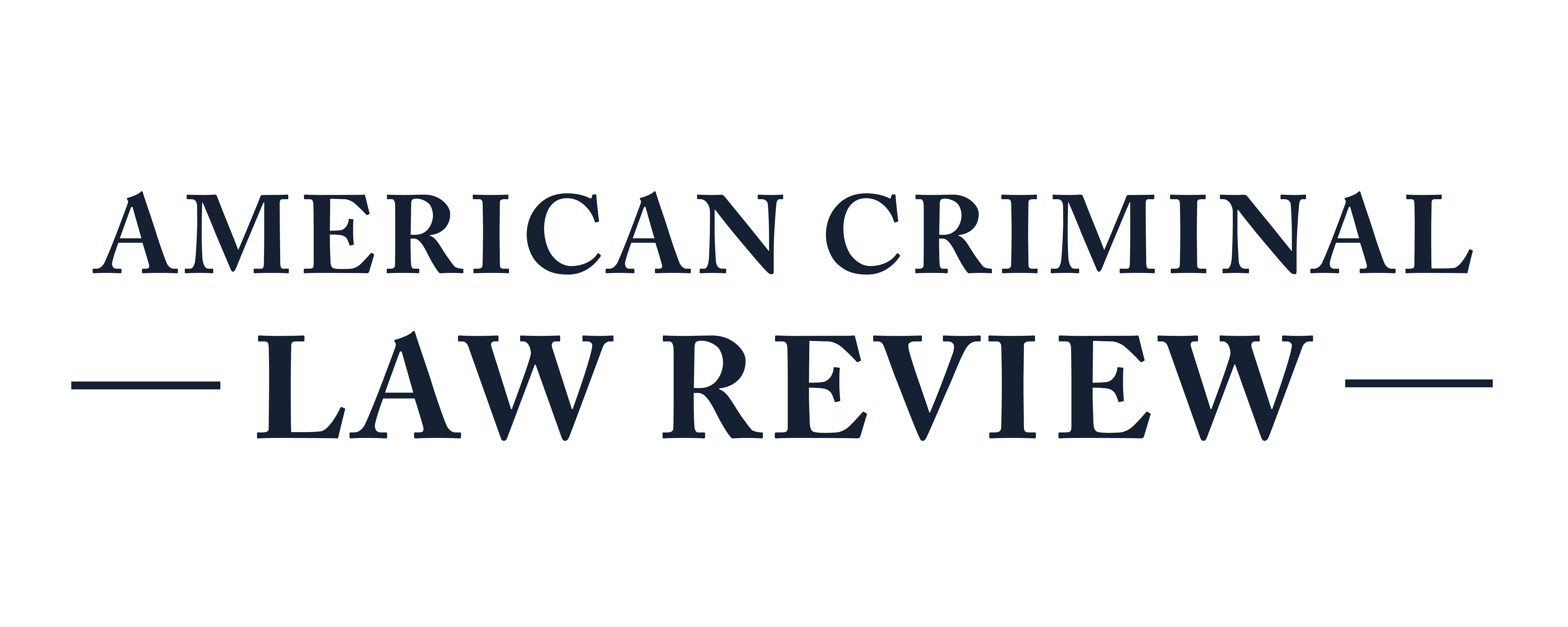Sentencing Guidelines Abstention
The U.S. Sentencing Guidelines remain the starting point and anchor for every sentence that federal judges impose on criminal defendants. As such, the Guidelines are a critical component of the American criminal justice system. The
Supreme Court has categorically refused, however, to resolve circuit splits involving the Guidelines, leaving a significant gap in the coherent and fair administration of criminal justice. It has done so even while acknowledging the existence of a clear split, conceding that denying certiorari will perpetuate drastic sentencing disparities, and knowing that the U.S. Sentencing Commission, the agency responsible for amending the Guidelines, lacked a quorum to address any splits.
This Article highlights and critiques this practice, called sentencing guidelines abstention. It provides an overview of federal sentencing, describes the purported basis for the Court’s forbearance, and argues (1) that the Court’s precedent at most supports abstention only when the Commission is the middle of amending the guideline provision giving rise to the split and there is an alternative basis for the decision, and (2) that any abstention is inconsistent with the Court’s role and rules, congressional intent, administrative law principles, and the practical realities of the Commission’s amendment process. The overarching ambition of this Article is to ensure that the Court assumes its role of resolving Guidelines splits, provides uniformity to the federal judiciary, and contributes thereby to the development of a reasoned criminal justice system.
Subscribe to ACLR
